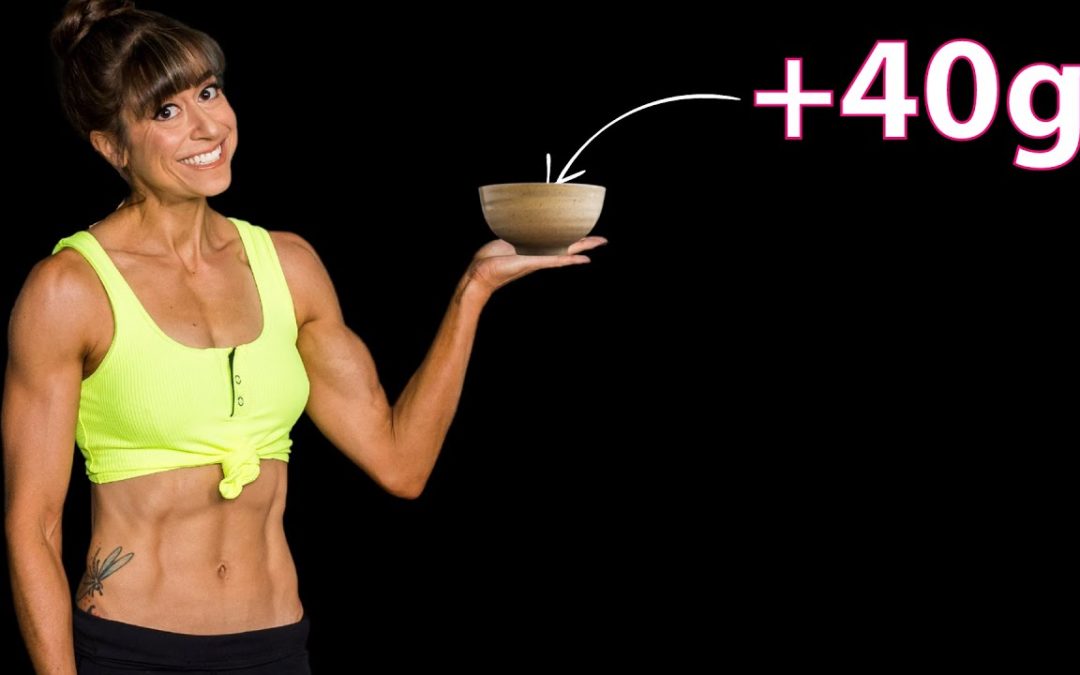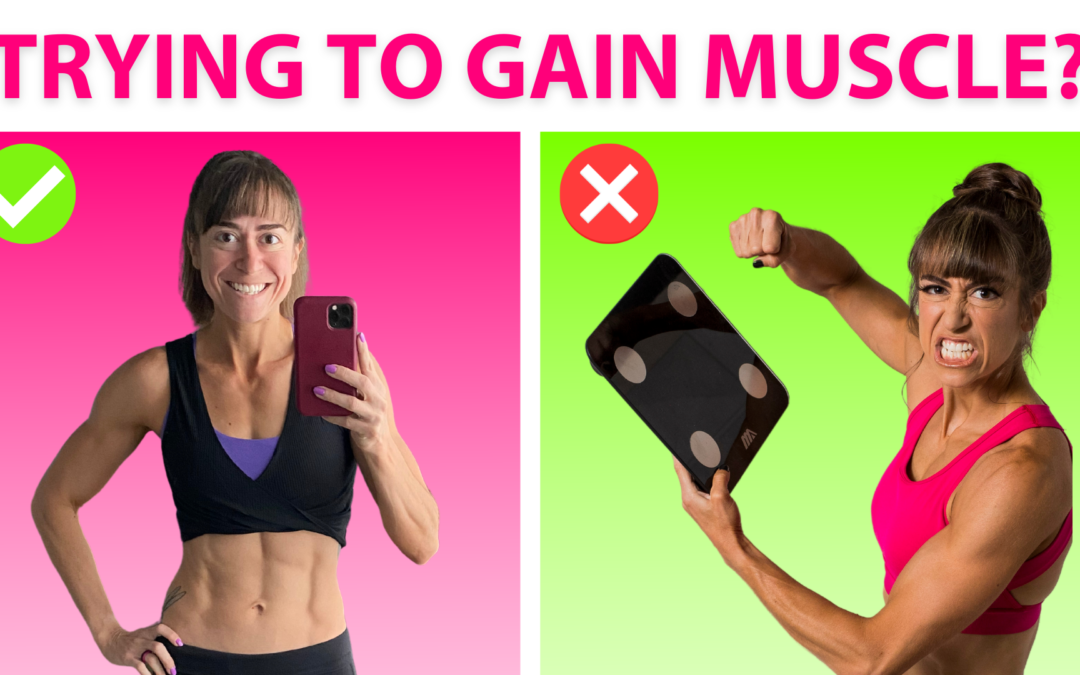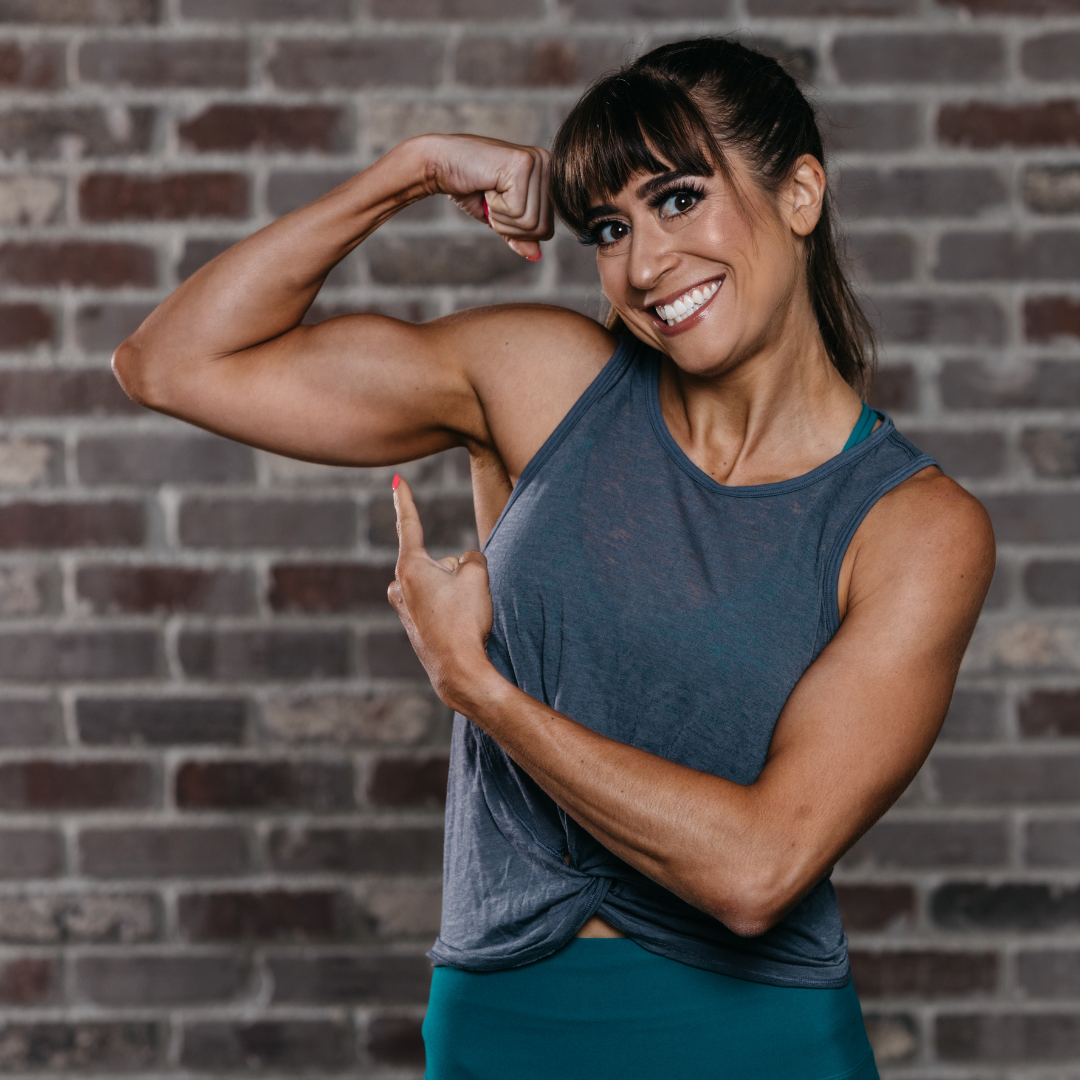
by Cori Lefkowith | Oct 9, 2022 | Blog, Diet
If you want the best and fastest possible weight loss and fat loss results, you need to focus on two things when it comes to your nutrition… 1. Creating that small calorie deficit2. Increasing your protein Often creating that deficit is the easier part of the equation...

by Cori Lefkowith | Oct 4, 2022 | podcast
I think sometimes we WANT a change. We WANT a new and better result… But we aren’t truly READY to do what it takes to make a change. And so we will never succeed no matter how motivated we are. Now you may be thinking how can I be motivated but not ready? Because...

by Cori Lefkowith | Oct 2, 2022 | Blog, Diet
You’ve lost the weight you wanted to lose. But now, you want to gain a bit more muscle while maintaining your fat loss. You’ve got your workouts all set, you’ve adjusted your macros, you’ve increased your calories… You’re feeling good. You’ve felt yourself even...

by Cori Lefkowith | Sep 26, 2022 | podcast
One size doesn’t fit all and tracking isn’t right for everyone. And even those that do track won’t use this tool in the exact same way or even forever. Heck, I was a person AGAINST tracking for a very long time. I made all the excuses about why not to do it. And I...

by Cori Lefkowith | Sep 25, 2022 | Blog, Exercises, Kettlebells
There are so many ways to create progression in our workouts that aren’t just about increasing loads. One simple way to create a new challenge may be by mixing up the tools you use for the same basic moves. Another could be by making slight changes to the postures and...






